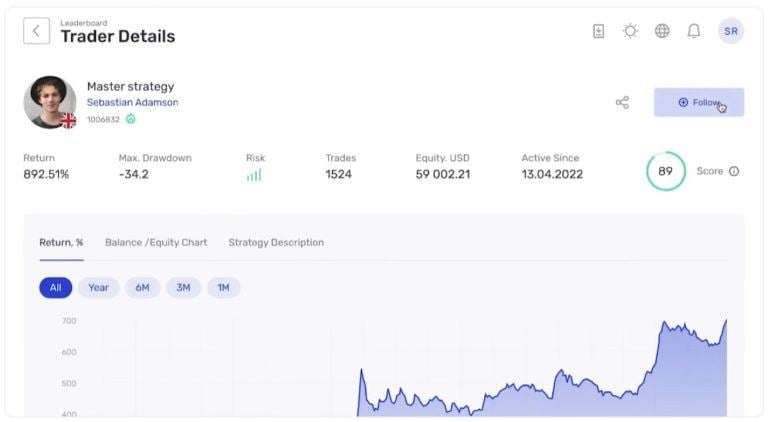
The difficulty adjustment for Bitcoin mining posted its first negative adjustment for 2021, dropping 1.5%.
For the first time since November 2021, the Bitcoin (BTC) mining difficulty adjustment has dropped, correcting 1.49%. The move follows a succession of 6 consecutive positive difficulty adjustments, in which the mining difficulty and hash rate hit all-time highs.
The average hashrate over the past two weeks fell to 197.19 exahashes per second (EH/s), and the average block time exceeded the 10-minute target, at 10 minutes 09 seconds. As a result of the difficulty adjustment, miners competing to solve the next valid block find it marginally easier.

The difficulty adjustment is one of the Bitcoin protocol’s most prominent features. Every two weeks or 2,016 confirmed blocks the difficulty for mining a new block “adjusts” based on the average of the past 2,016 blocks, making it easier or more difficult to mine blocks.
From the Bitcoin whitepaper, Satoshi Nakamoto wrote, “the proof-of-work difficulty is determined by a moving average targeting an average number of blocks per hour. If they're generated too fast, the difficulty increases.”
By inference, over the past 2,016 blocks, blocks were generated too slowly – an average of 10 minutes, 09 seconds. As a result, the difficulty adjustment automatically decreases and miners will hence forth find it marginally easier to solve valid blocks over the next 2,016 blocks.
According to Denver Bitcoin, a well-known Bitcoin miner, the -1.49% correction could be on the only one for the year.
Bitcoin just had its first downward difficulty adjustment of 2022.
— Adam O (@denverbitcoin) March 3, 2022
Will it be the only downward adjustment of the year?
Experts still calling for 300eh+ average by December.
Fun times. pic.twitter.com/l3x8hNevaU
Related: New York Bitcoin mining moratorium bill garners more support
A correction of 1.49% dwindles in comparison to the mining dark ages of May to July of 2021 when a ban on Bitcoin mining in China caused a catastrophic drop in the hash rate. However, it swiftly climbed up over the course of 2021, surging by 31% as countries like Kazakhstan and Canada picked up the slack proving the network’s resilience.
The Bitcoin mining industry is increasingly competitive, with tech industry players including Intel keen to make a dent in the hash rate and introduce their own miners. As Denver Bitcoin alluded, the 300 eh/s hash rate could be an attainable goal in 2022 particularly as mining shows growing resilience and geographic flexibility.

